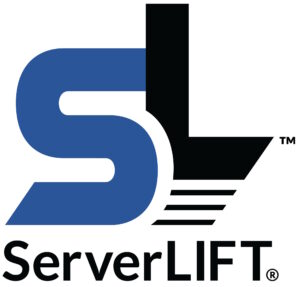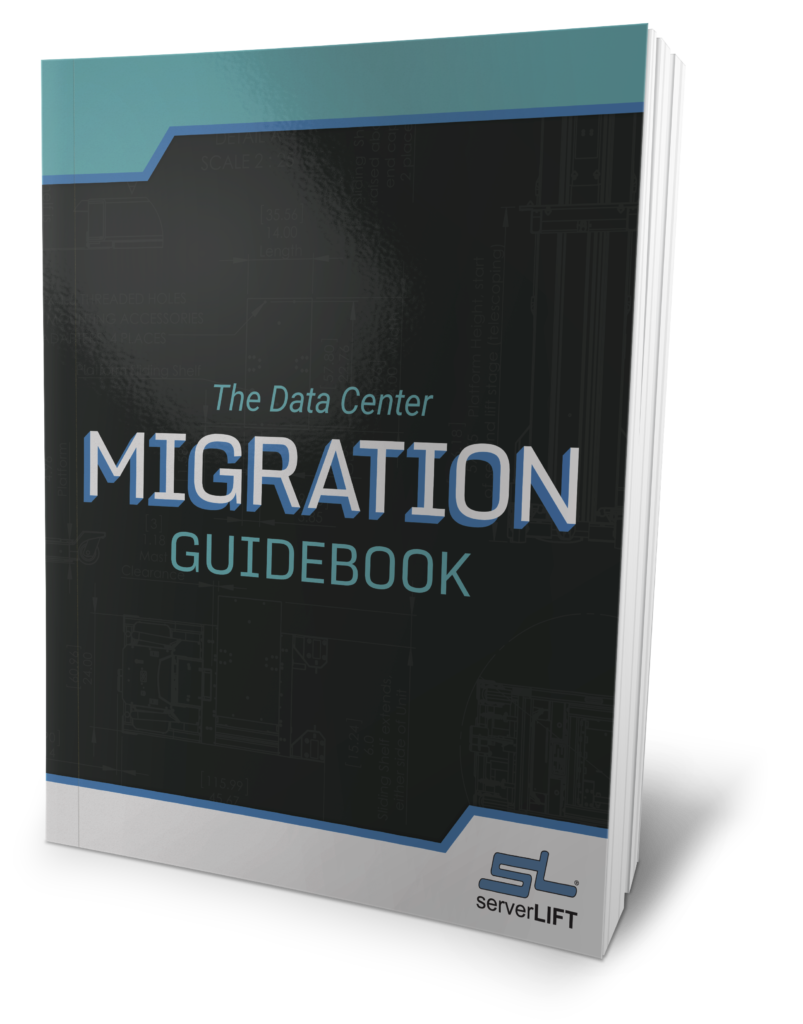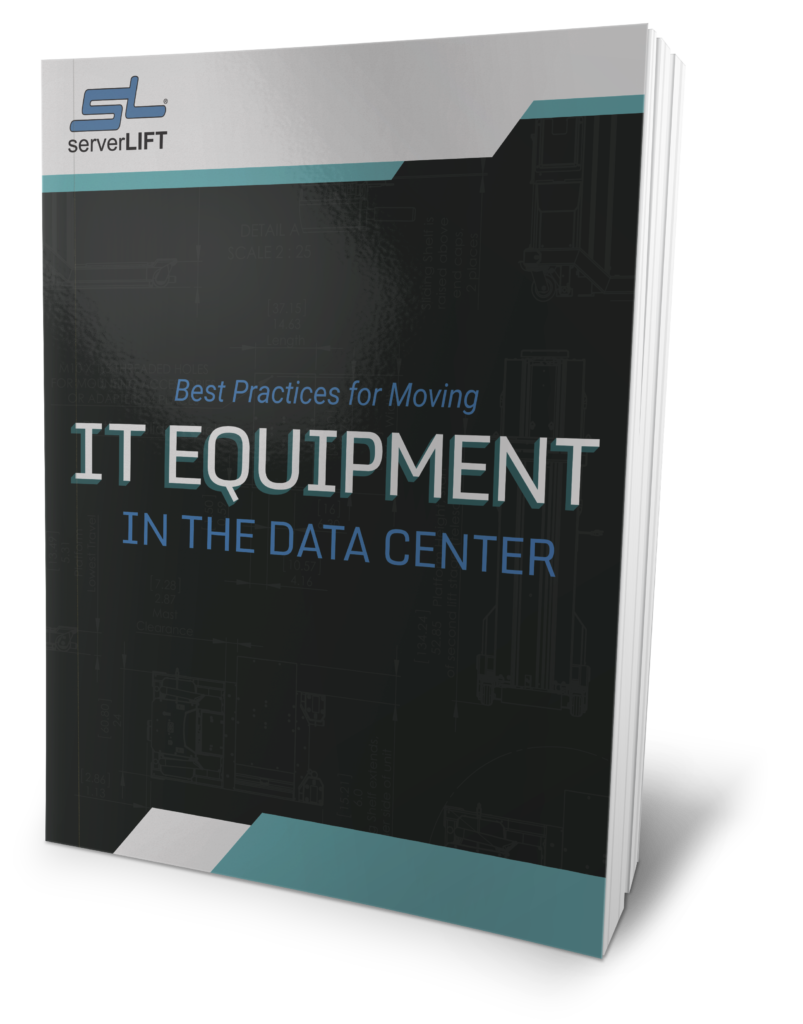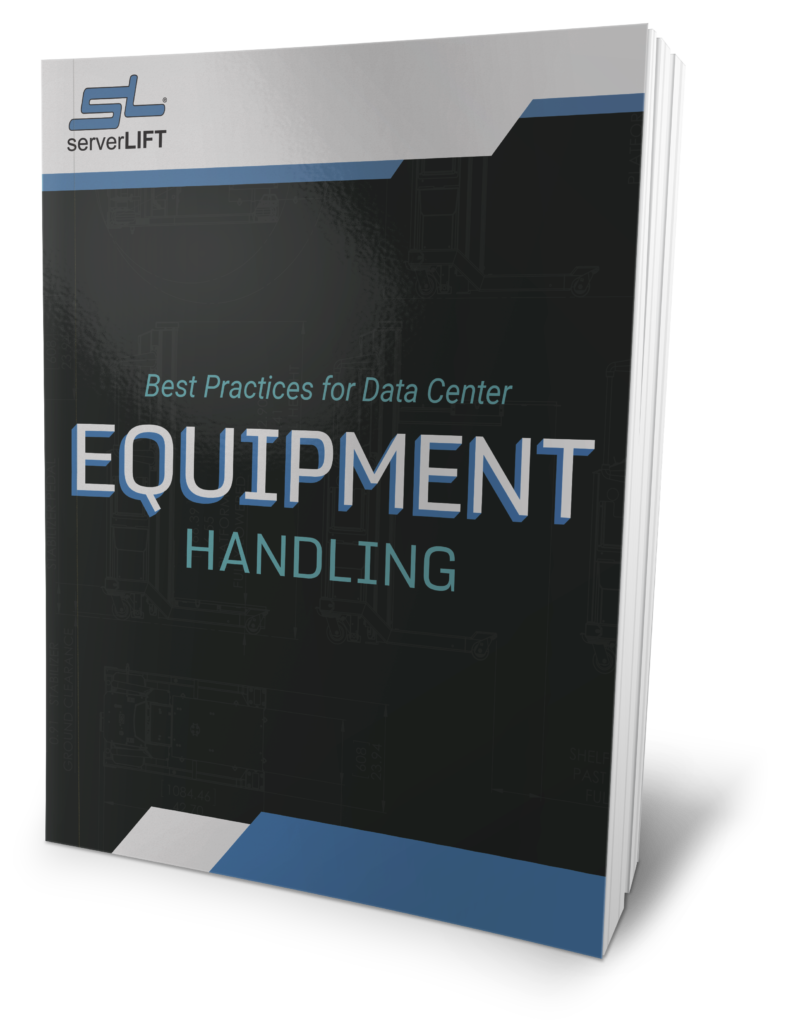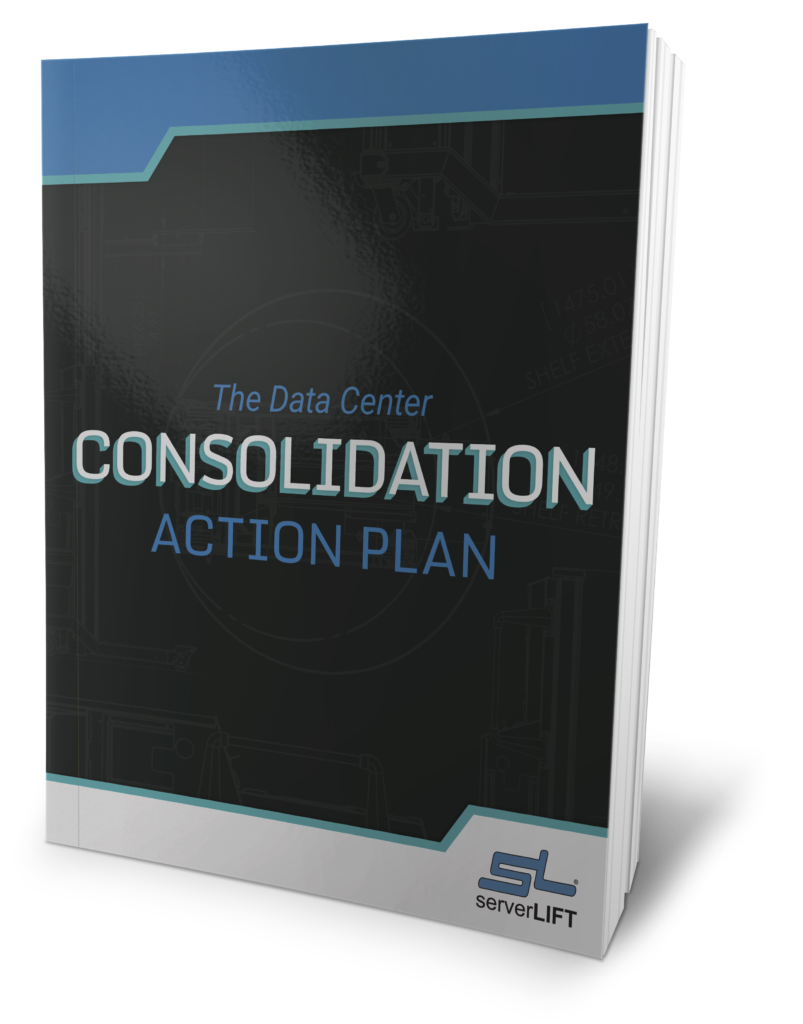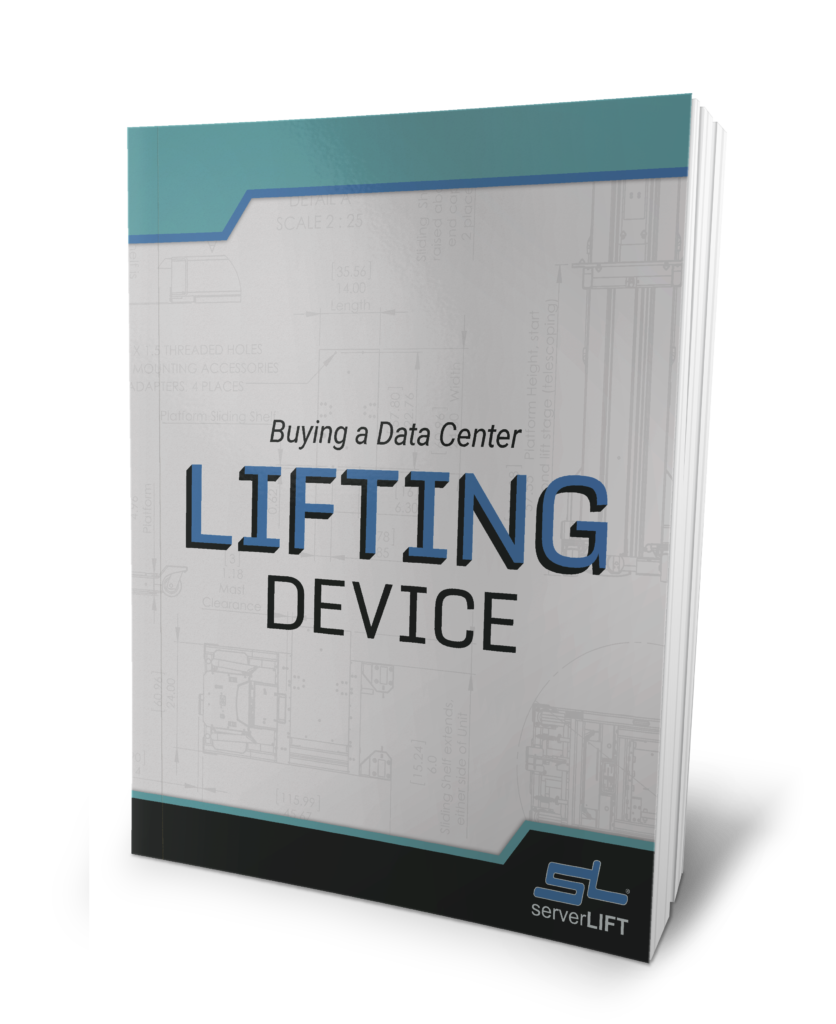Seeing Through The Cloud
If you feel anything like I do, you probably feel bombarded by the IT world’s buzz phrase du jour, “cloud computing” and you, like me, have probably noticed that there is more than one definition for cloud computing being thrown around right now. With the number of ideas floating around the industry, it is no wonder that consumers are confused as to what exactly a “cloud” even is. Where things begin to get iffy is when “the cloud” evolves from just the cliched metaphor for the internet, into “cloud computing”, a giant fuzzy new frontier of uncertain meaning. To make things even more confusing is the fact that there are a multitude of different definitions for cloud computing and it seems that each techie, vendor, or company that you talk to, has their own idea as to what that meaning is.
Stepping away from digital jargon and defining it in simple layman’s terms, the cloud, at the most basic level, is the internet or the web of servers around the world that transfers data via fiber bandwidth connections . When someone says that their document is stored, or the digital task they are preforming, is in the cloud, they mean that their file, application, or software is housed on a server that is accessible over an internet connection, rather than on a “local” device like a computer’s hard drive.
Although the concept isn’t new, the way it’s being used is. In recent years mass internet-storage has become cheaper and internet connections have vastly improved, making it possible for programmers to create more sophisticated remote software. Along with this change has come an expressed desire by users to have an easier and more refined way of sharing and collaborating via the internet. This push has led to cloud-based providers allowing users to view, comment and edit material with the use of their services. All these things have considerably boosted the cloud computing industry.
In addition to consumer need, computers are advancing in a way that makes cloud computing more desirable. An iPad, smartphone, or net book lack the huge amount of disk space needed to store thousands of songs, hundreds of photos, or store all of the files and programs that a traditional PC can. But, if the product is connected to cloud-storage or cloud-based apps, all of the sudden it now far exceeds what its hardware specs suggest. With cloud storage files and apps that run on remote servers you could conceivably travel without any computer and simply borrow a device with internet access to do your work.
So, in recent years and with a flood of cloud-based products and services it is safe to say that cloud computing is no longer just an IT fade. With cloud computing comes what IT always needs: a way to increase capacity or add capabilities on the fly without investing in new data center infrastructure, training new personnel, or licensing new software.




